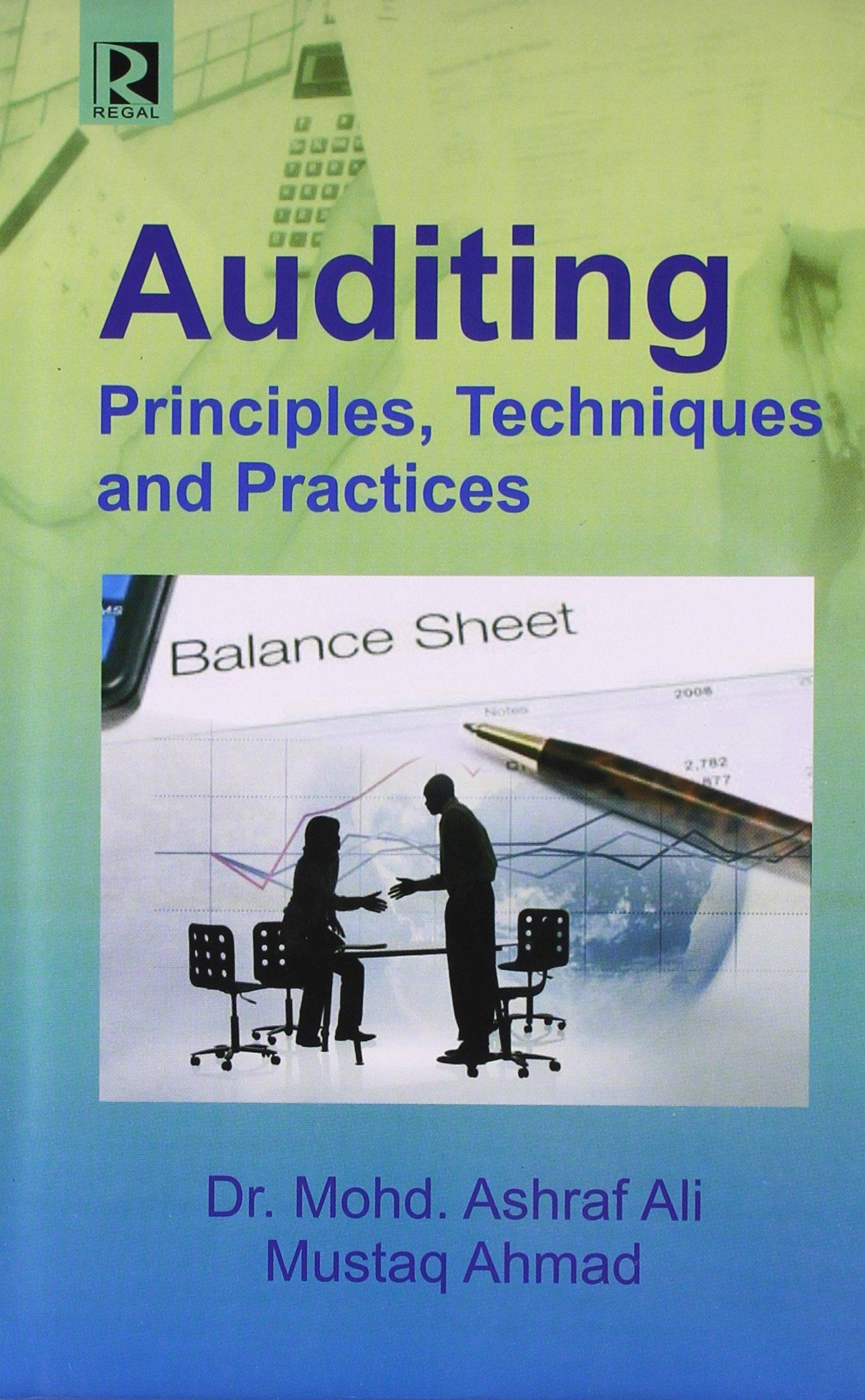Question
Please answer the following question they're one question with it's parts I numbered them so it'll be easy for you to answer for me as
Please answer the following question they're one question with it's parts I numbered them so it'll be easy for you to answer for me as well.
1. An example of a product cost is:
A. marketing expenses.
B. office depreciation expense.
C. cost of materials used in production.
D. office supplies.
2. Which of the following costs would be classified as a period cost:
A. advertising expenses.
B. direct labor.
C. plant utilities.
D. production supervisors salary.
3. Direct costs pertain to costs that:
A. are not easily and conveniently traceable to a cost object.
B. are easily and conveniently traceable to a cost object.
C. are commonly incurred.
D. are constant in total regardless of changes in production.
4. Product costs are treated as inventory (assets) on the balance sheet until:
A. they are depreciated.
B. they are sold.
C. they are purchased.
D. none of these.
5. The production cost of a single unit of a manufactured product is determined by:
A. dividing total direct materials and direct labor for a production run by the number of units made.
B. dividing total direct materials, direct labor, and manufacturing overhead by the number of units purchased.
C. dividing total direct materials, direct labor, manufacturing overhead and selling expenses by the number of units made.
D. dividing total direct materials, direct labor, and manufacturing overhead by the number of units made.
6. Cost of Goods Sold (COGS) can be computed as:
A. ending inventory balance + raw materials used + direct labor costs incurred + manufacturing overhead costs applied
B. beginning inventory balance + cost of goods manufactured - ending inventory balance
C. ending balance of work in process + raw materials used + direct labor costs incurred - manufacturing overhead costs applied
D. beginning inventory balance + raw materials used + direct labor costs incurred - manufacturing overhead costs applied
7. An example of a cost that is likely to have an indirect relationship with products being manufactured is:
A. sales force salaries.
B. materials used in production.
C. wages of assembly line workers.
D. production line labor costs.
8. The three components of product costs are:
A. indirect material, indirect labor, manufacturing overhead.
B. direct labor, manufacturing overhead, direct material.
C. direct material, indirect labor, manufacturing overhead.
D. manufacturing overhead, indirect material, direct labor.
9. Which of the following is NOT an inventory account for a manufacturing company?
A. Finished goods.
B. Work-in-process.
C. Raw materials.
D. Cost of goods sold.
10. The predetermined overhead application rate based on direct labor hours is computed as:
A. actual total overhead costs divided by actual direct labor hours.
B. estimated total overhead costs divided by actual direct labor hours.
C. actual total overhead costs divided by estimated direct labor hours.
D. estimated total overhead costs divided by estimated direct labor hours.
11. Which of the following describes the correct sequence of flow of costs for a manufacturing firm?
A. Raw materials, finished goods, work-in-process, cost of goods sold.
B. Work-in-process, raw materials, finished goods, cost of goods sold.
C. Cost of goods sold, work-in-process, finished goods, raw materials.
D. Raw materials, work-in-process, finished goods, cost of goods sold.
12. When a product is sold, the product cost is transferred from the finished goods inventory account on the balance sheet to:
A. Cost of goods sold on the balance sheet.
B. Cost of goods sold on the income statement.
C. Gross profit on the income statement.
D. Operating expense on the income statement.
Please answer your help would be really appreciated.
Step by Step Solution
There are 3 Steps involved in it
Step: 1

Get Instant Access to Expert-Tailored Solutions
See step-by-step solutions with expert insights and AI powered tools for academic success
Step: 2

Step: 3

Ace Your Homework with AI
Get the answers you need in no time with our AI-driven, step-by-step assistance
Get Started


